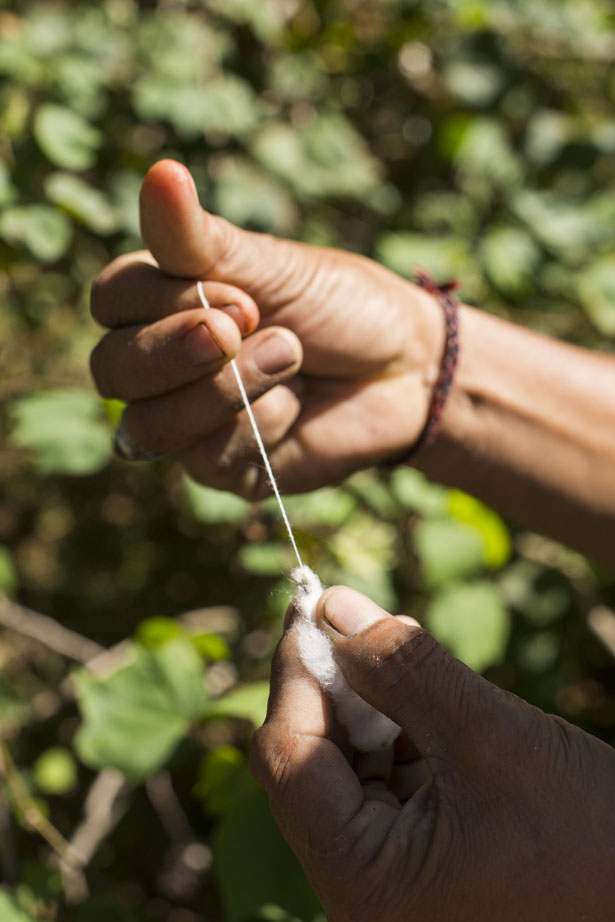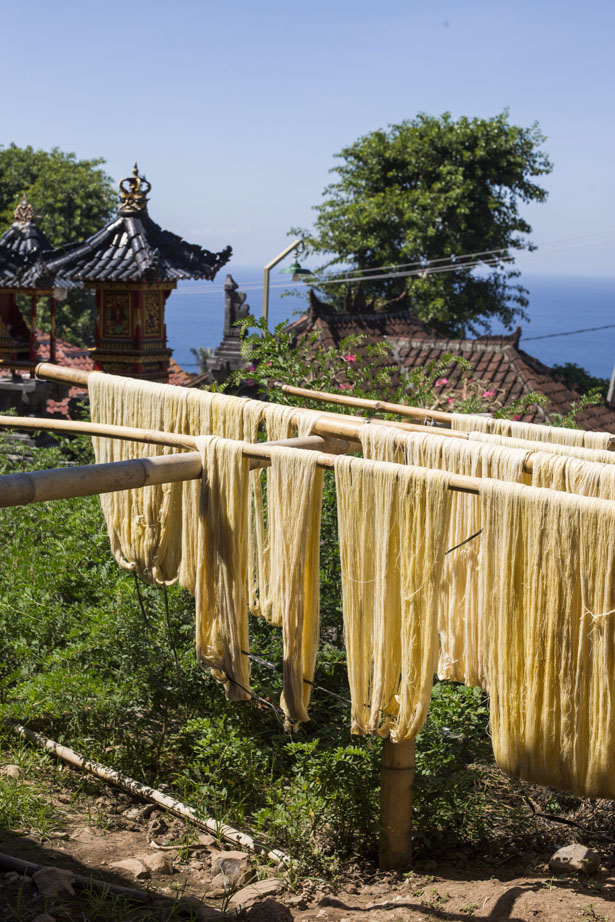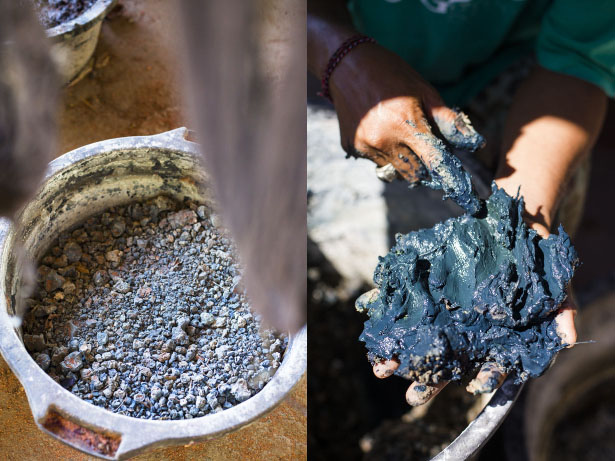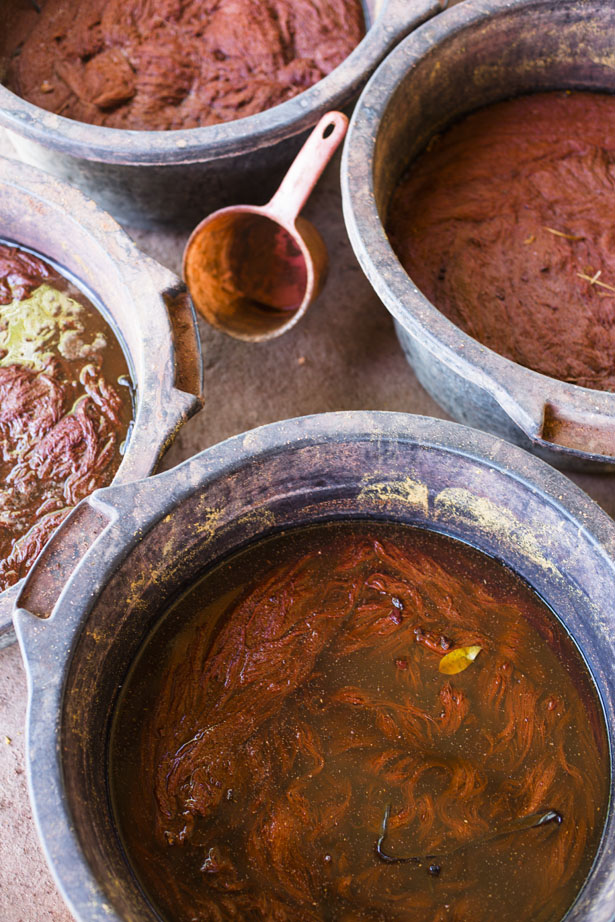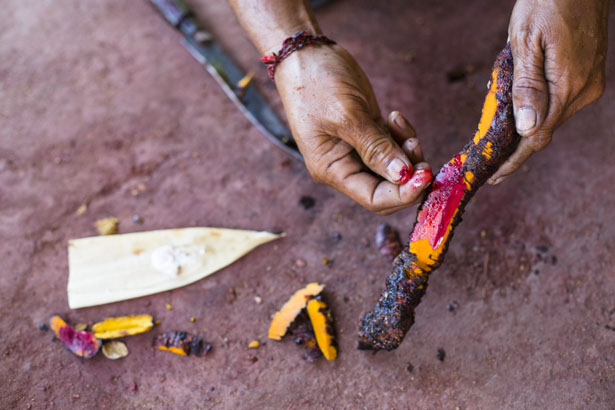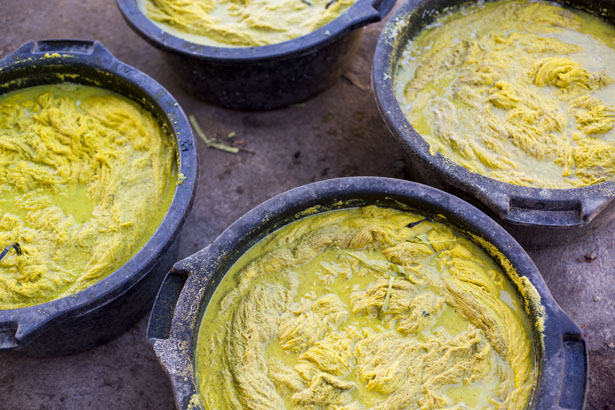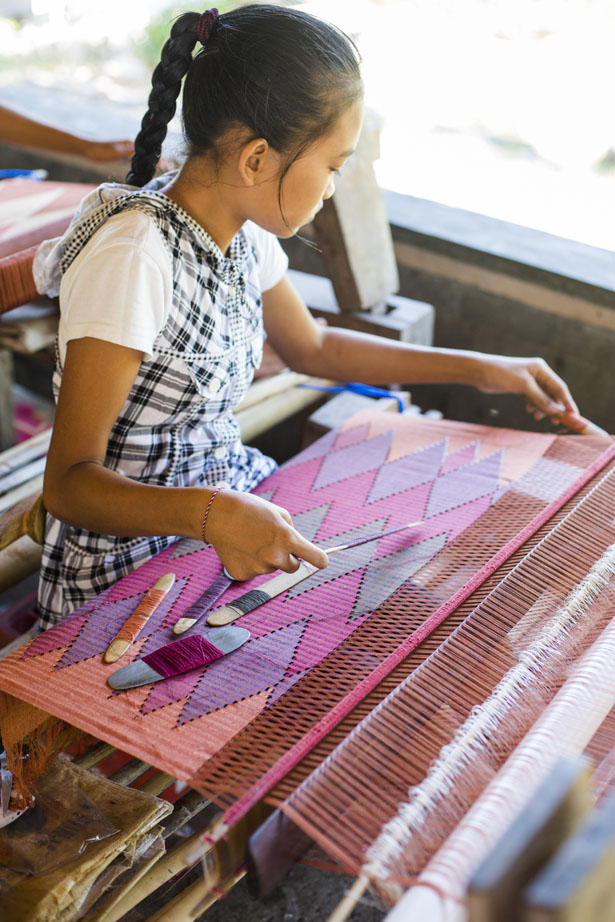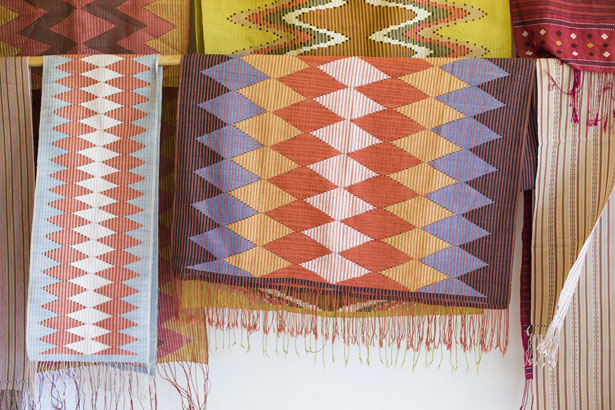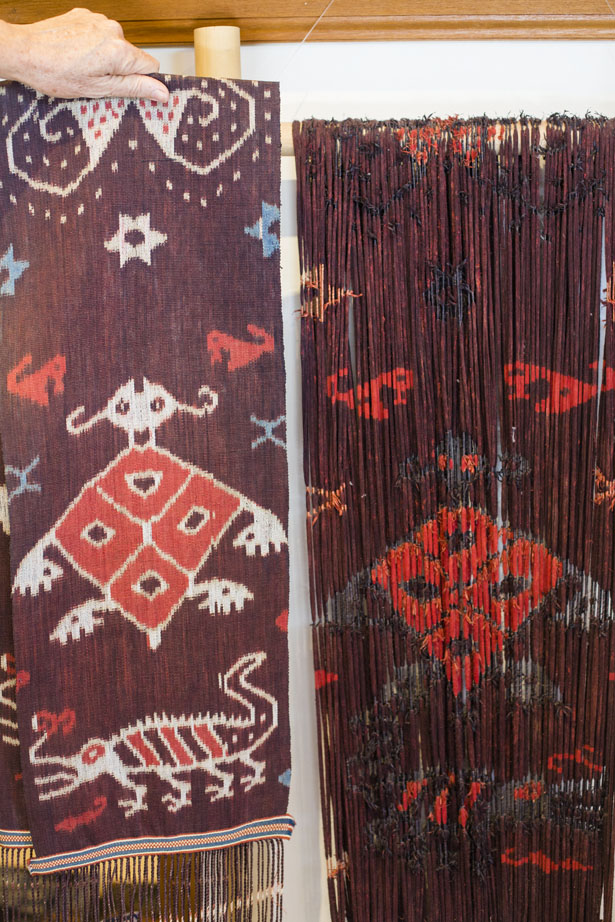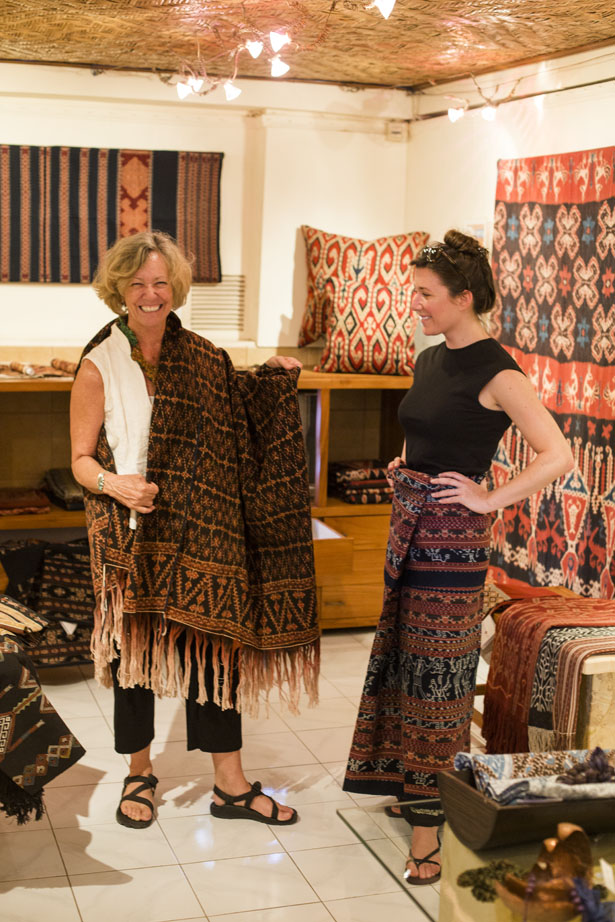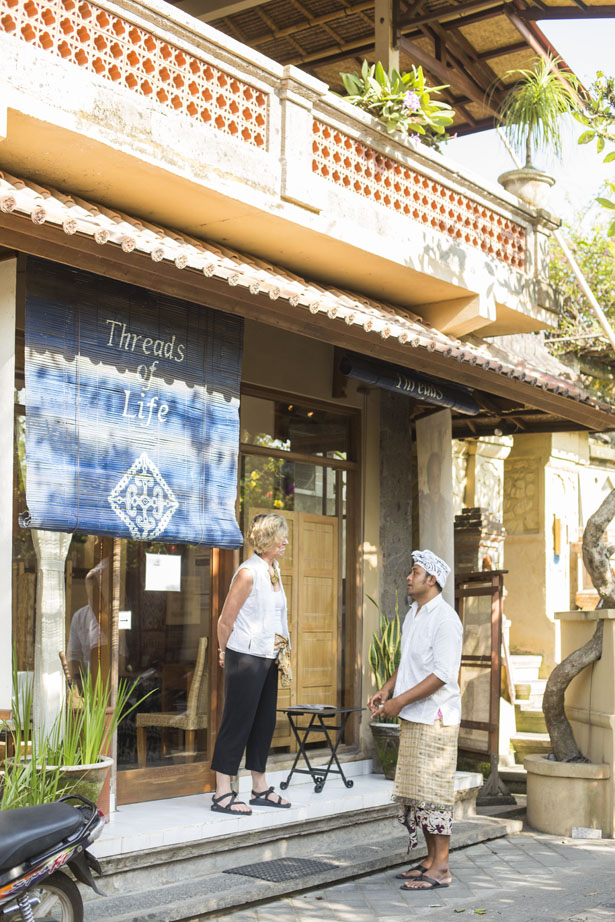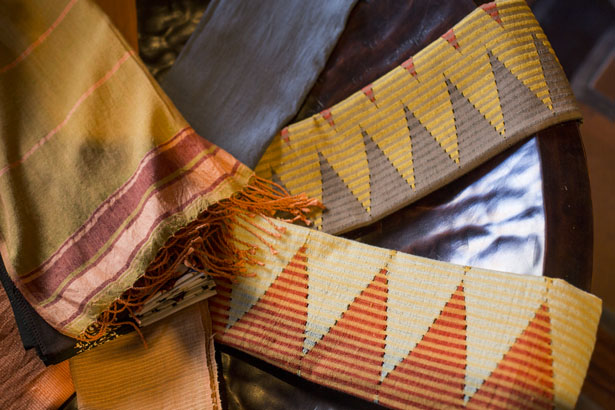
[O]ne of the great arts of Indonesia is traditional weaving, which has been passed down from generation to generation for thousands of years. Each tribe or region in this cluster of islands has their own style and patterns with specific meanings, as well as unique techniques for making their dyes.
Threads of Life is a Bali-based initiative that is centered around fair trade and conservation of this cultural history, especially in rural Indonesia. They help these communities, some of which takes two days journey to reach, sell these naturally dyed and locally made artifacts. Many designers have visited the store in Ubud for inspiration including one of my personal heroes, Donna Karan. Everything from growing the cotton to tending the plants used to make the dyes is done by these craftsmen and it takes months or even up to a year to finish one piece. We met the co-founder Jean Howe, an ex-San Francisco native who has lived in Bali for a couple decades, whose passion for preserving this craft was infectious. She took us to visit Threads of Life in Seraya where we could see in person the traditional textile weaving taking place from start to finish~
Above- picking a piece of mature cotton right off the plant and showing how the threading process begins.
Below- using traditional tools to spin and make the tread.
Above and below – natural dyeing ingredients and what it looks like in the end
Above & below- the dyeing process begins
Above – a girl works on her own design using a traditional backstrap loom. Traditionally women will sit on the floor with the loom on their laps for this particular weaving style but at Seraya the girls can sit at a table.
Above, Jean shows us one of the steps in the Balinese tie-dying process called ikat (meaning “to tie a knot”) on the right with the finished result on the left. All of the patterns are hand tied and repeatedly dyed through a very long and time consuming process.
Below, Jean shows me how to wear the traditional pieces in the Threads of Life store in Ubud where we bought a wall tapestry called Sekomandi, which is traditionally used in Indonesian homes during ceremonies. The pattern of our piece, created by Nurhayati on the western mountain rage of Toraja, symbolizes our interdependence with others.



